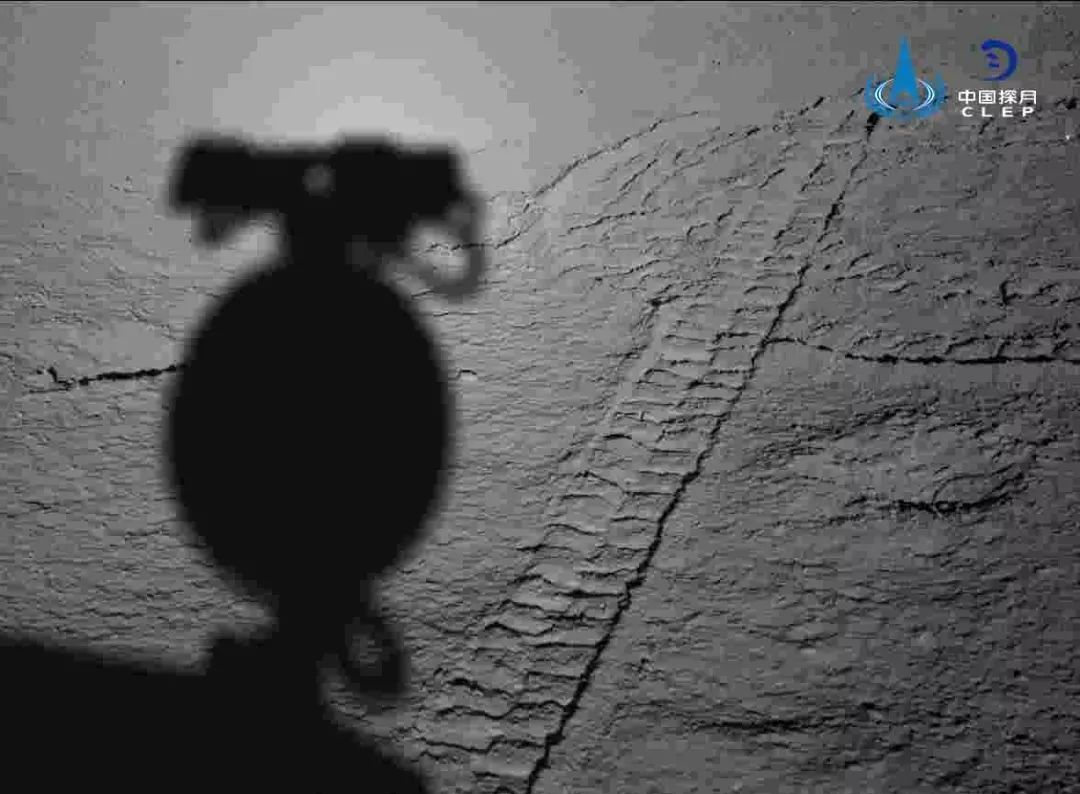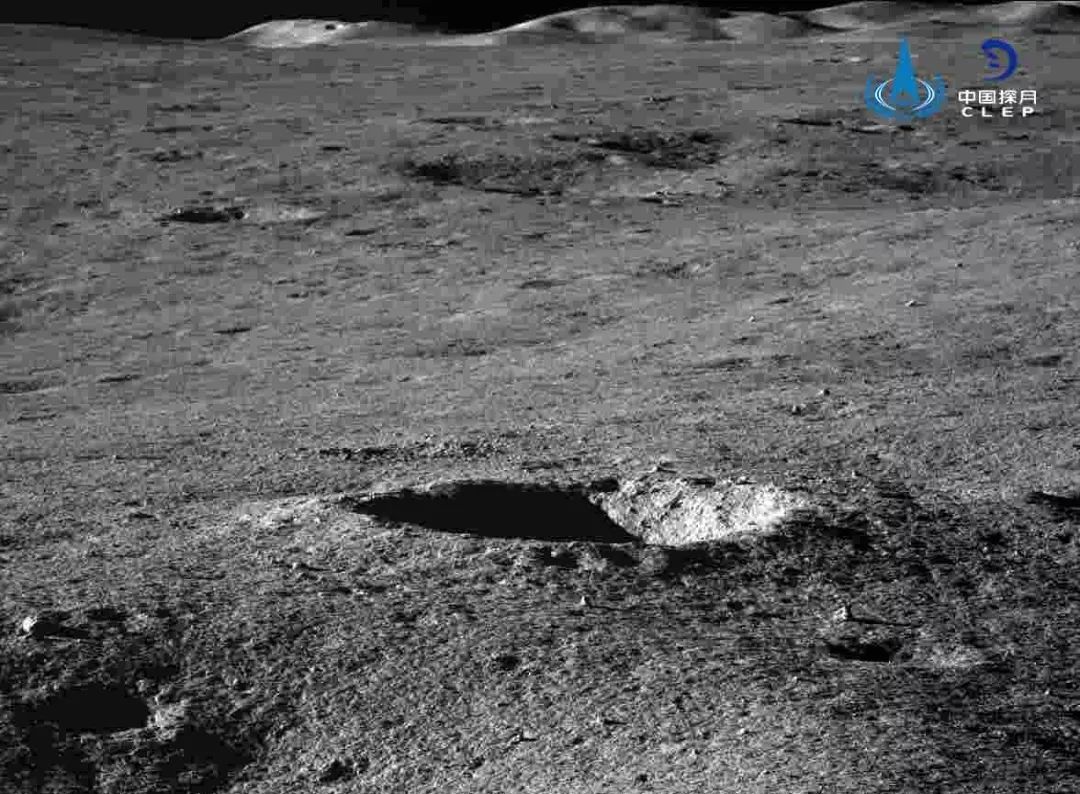China's Chang'e 4 Moon Lander, Yutu 2 Rover Awake for 4th Lunar Workday

It's back to work for China's moon mission: The Chang'e 4 lander and the Yutu 2 rover both awoke over the weekend to start their fourth lunar day.
Both robots went to sleep on March 13 to wait out the long, frigid lunar night, which lasts for about two Earth weeks. That dormancy marked the third night for the mission, which touched down on the moon's surface on Jan. 2.
As of the end of its third lunar day, Yutu 2 had traveled a total of 535 feet (163 meters) on the moon's surface around Von Kármán Crater on the far side.
Related: Chang'e 4 in Pictures: China on the Moon's Far Side
The rover was designed to last for three lunar days, but much like NASA missions that regularly outlive their initial mandates, Yutu 2's mission may stretch on longer, the Chinese space agency hopes. (The current rover's predecessor, Yutu, lost its roving ability on its second day on the moon.)
The China Lunar Exploration Program, which heads up the mission, has not provided any details about its scientific plans for the fourth day of Chang'e 4, which is focused on exploring the far side of the moon and how it differs from the near side.
- NASA Moon Orbiter Tracks Chinese Rover on Lunar Far Side (Photos)
- In Photos: China's Chang'e 4 Moon Rover Toys Celebrate Mission to Lunar Far Side
- Watch China Land on the Moon's Far Side in This Awesome Video!
Email Meghan Bartels at mbartels@space.com or follow her @meghanbartels. Follow us on Twitter @Spacedotcom and on Facebook.
Breaking space news, the latest updates on rocket launches, skywatching events and more!

Meghan is a senior writer at Space.com and has more than five years' experience as a science journalist based in New York City. She joined Space.com in July 2018, with previous writing published in outlets including Newsweek and Audubon. Meghan earned an MA in science journalism from New York University and a BA in classics from Georgetown University, and in her free time she enjoys reading and visiting museums. Follow her on Twitter at @meghanbartels.

